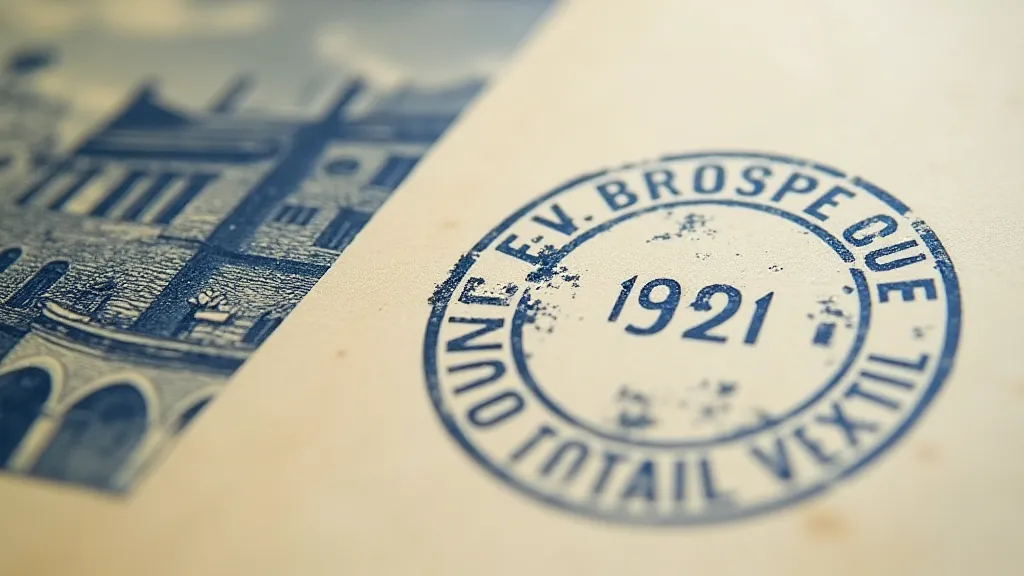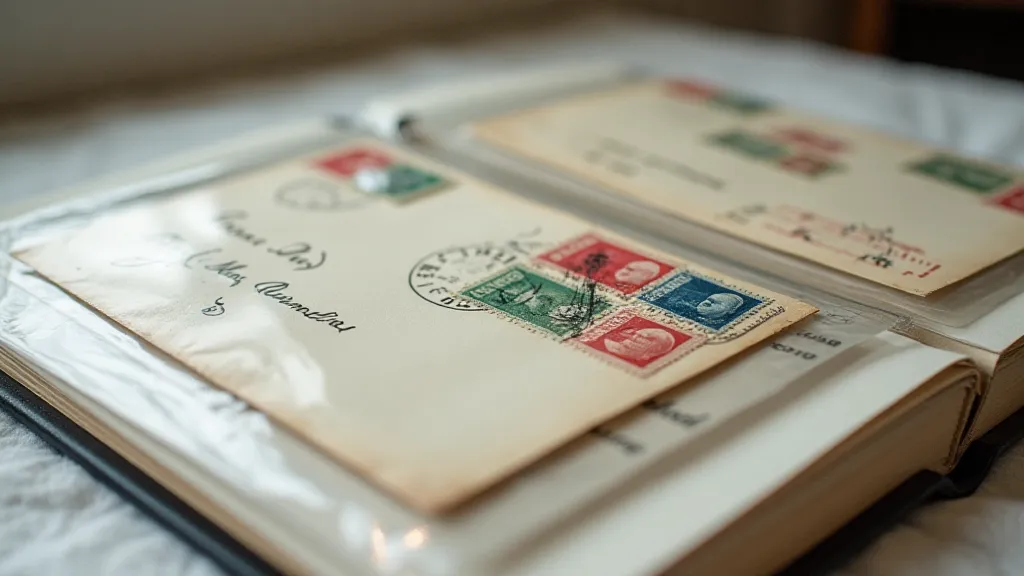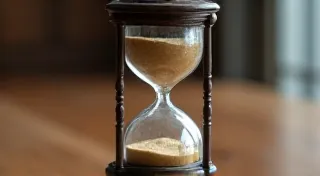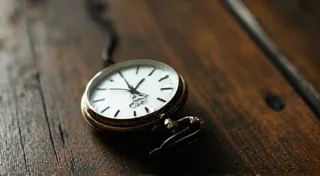The Collector's Compass: Guiding Newcomers Through the First Day Cover Landscape
There's a particular feeling that accompanies handling a truly antique accordion – the whisper of aged bellows, the satisfying click of the reeds, the ghost of countless melodies echoing within its wooden frame. It's a tangible connection to a past era, to craftspeople who poured their skill and passion into creating something beautiful and enduring. First Day Covers (FDCs) evoke a similar sentiment. They’re not just pieces of mail; they're time capsules, offering glimpses into history, artistry, and the enduring power of the postal system.
For those new to stamp collecting, the world of FDCs might seem daunting. It's a specialized niche within philately, requiring a deeper understanding than simply admiring pretty stamps. But don't be intimidated! This guide is your compass, designed to gently steer you through the landscape of FDCs, revealing their beauty, their value, and the fascinating stories they hold.
What Exactly *Is* a First Day Cover?
Simply put, a First Day Cover is an envelope bearing a newly issued postage stamp, canceled on the very first day of its release. The significance lies in that initial cancellation – it's a marker of time, a witness to the stamp’s debut. While many collectors focus on mint condition stamps, the appeal of FDCs extends far beyond that. It's the confluence of elements - the stamp design, the postal history, and the cancellation itself - that creates a truly compelling collectible.

A Brief History of the First Day Cover
The concept of the FDC wasn't always formalized. Early examples arose organically. When the first US commemorative stamp – the Benjamin Franklin issue of 1847 – was released, people naturally sought to have their mail bearing these unique stamps canceled on that very day. These early FDCs are incredibly scarce and highly prized today. The US Post Office officially acknowledged the phenomenon in 1932 with the release of the George Washington commemorative stamps. They began providing guidance to post offices to ensure proper cancellation on the first day, effectively legitimizing the FDC as a distinct collectible.
The subsequent decades saw a surge in commemorative stamp issues, fueling the growth of the FDC hobby. Post offices worldwide followed suit, recognizing the appeal of first-day cancellations and actively promoting them. This era saw a diversification of cancellation markings – pictorial cancellations, hand-applied designs, and even special postmarks related to the stamp's theme. These intricacies are what add layers of complexity and interest to FDC collecting.
Understanding Cancellations: The Mark of Time
The cancellation mark is arguably the most important element of an FDC. It’s the signature of the place and time of release. There are several types of cancellations collectors look for:
- First Day Marking (FDM): The standard cancellation applied on the first day of release.
- Pictorial Cancellation: A decorative cancellation marking, often related to the stamp’s subject matter or the issuing post office’s location. These are highly sought after.
- Cachet: A cachet is a design applied to the envelope before cancellation, often created by stamp clubs or dealers. While not always considered "pure" FDCs by purists, they add visual appeal and often command a premium.
- Hand-Applied Cancellations: These are particularly valuable, as they represent a personalized touch from postal workers of the time.
The condition of the cancellation itself is crucial. A clear, crisp cancellation is preferable to a smeared or obliterated one. Collectors often research the different types of cancellations used by specific post offices, adding another layer of specialization to the hobby.
Building Your FDC Collection: Where to Start
The world of FDCs can seem overwhelming, but starting small is key. Consider these avenues:
- Focus on a Theme: Do you admire aviation history? Focus on FDCs featuring aircraft or related events. Are you fascinated by wildlife? Collect FDCs showcasing endangered species. A theme provides direction and makes the collecting process more engaging.
- Choose a Specific Era: The Golden Age of FDCs (roughly 1930s-1970s) offers a rich selection of visually appealing envelopes and varied cancellation markings.
- Start Local: Collect FDCs canceled in your hometown or region. This adds a personal connection and may be more affordable.
- Attend Stamp Shows: These gatherings are fantastic for meeting dealers, examining FDCs in person, and learning from experienced collectors.

Condition & Value: More Than Just the Stamp
Unlike mint stamps, the value of an FDC isn's solely dependent on the stamp’s condition. Several factors play a role:
- Envelope Condition: A pristine, unblemished envelope commands a higher price. Tears, creases, or postal markings detract from the value.
- Cancellation Clarity: A clear, well-centered cancellation is more desirable.
- Rarity: FDCs from limited-release commemorative stamps or those canceled at remote post offices are often scarce and valuable.
- Cachet Design (if applicable): Unique or artistically significant cachets can increase value.
While research into stamp values is essential for any collector, FDC valuation requires extra diligence. Auction records and dealer catalogs can provide price guidance, but understanding the nuances of FDC grading is crucial.
Restoration & Preservation: Protecting History
Dealing with antique items requires care. While aggressive restoration is generally discouraged, some gentle preservation techniques can protect FDCs from further deterioration:
- Acid-Free Storage: Store FDCs in acid-free sleeves or albums to prevent discoloration and damage.
- Humidity Control: Maintain a stable humidity level to prevent warping and mold growth.
- Gentle Cleaning (use caution!): Very minor surface dirt can sometimes be removed with a soft brush and specialized conservation materials, but *always* err on the side of caution.
Remember, FDCs are historical artifacts. Their value lies not only in their monetary worth but also in their ability to connect us to the past. Treat them with the respect they deserve, and you're not just collecting stamps; you're preserving history.

The world of First Day Covers is a fascinating journey of discovery, a blend of history, artistry, and philately. Embrace the challenge, enjoy the learning process, and you'll find yourself captivated by the stories held within these humble envelopes.





